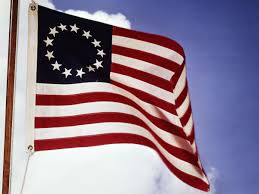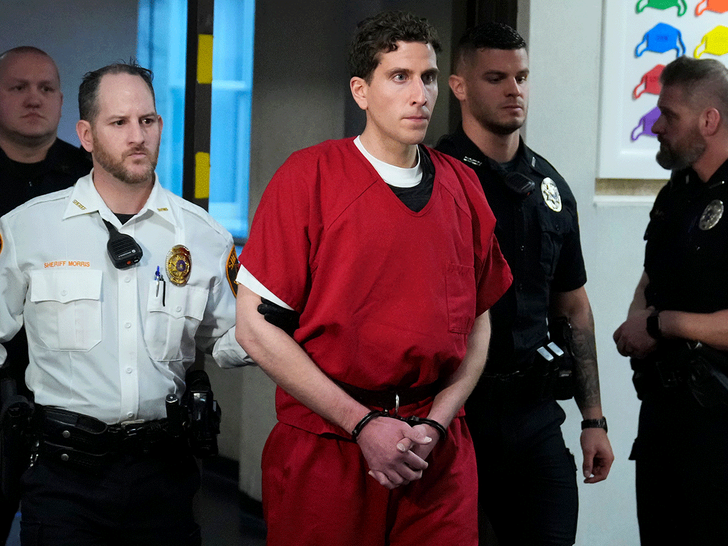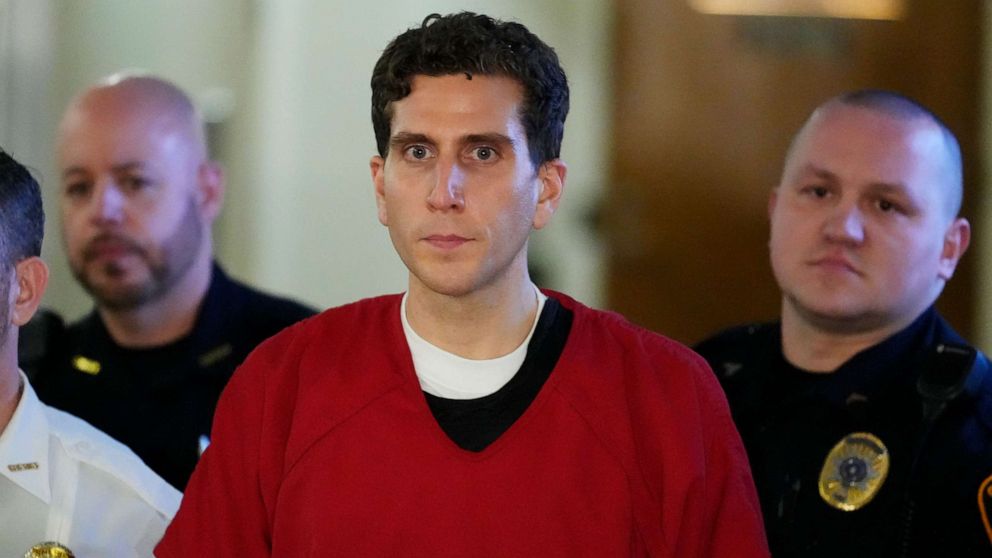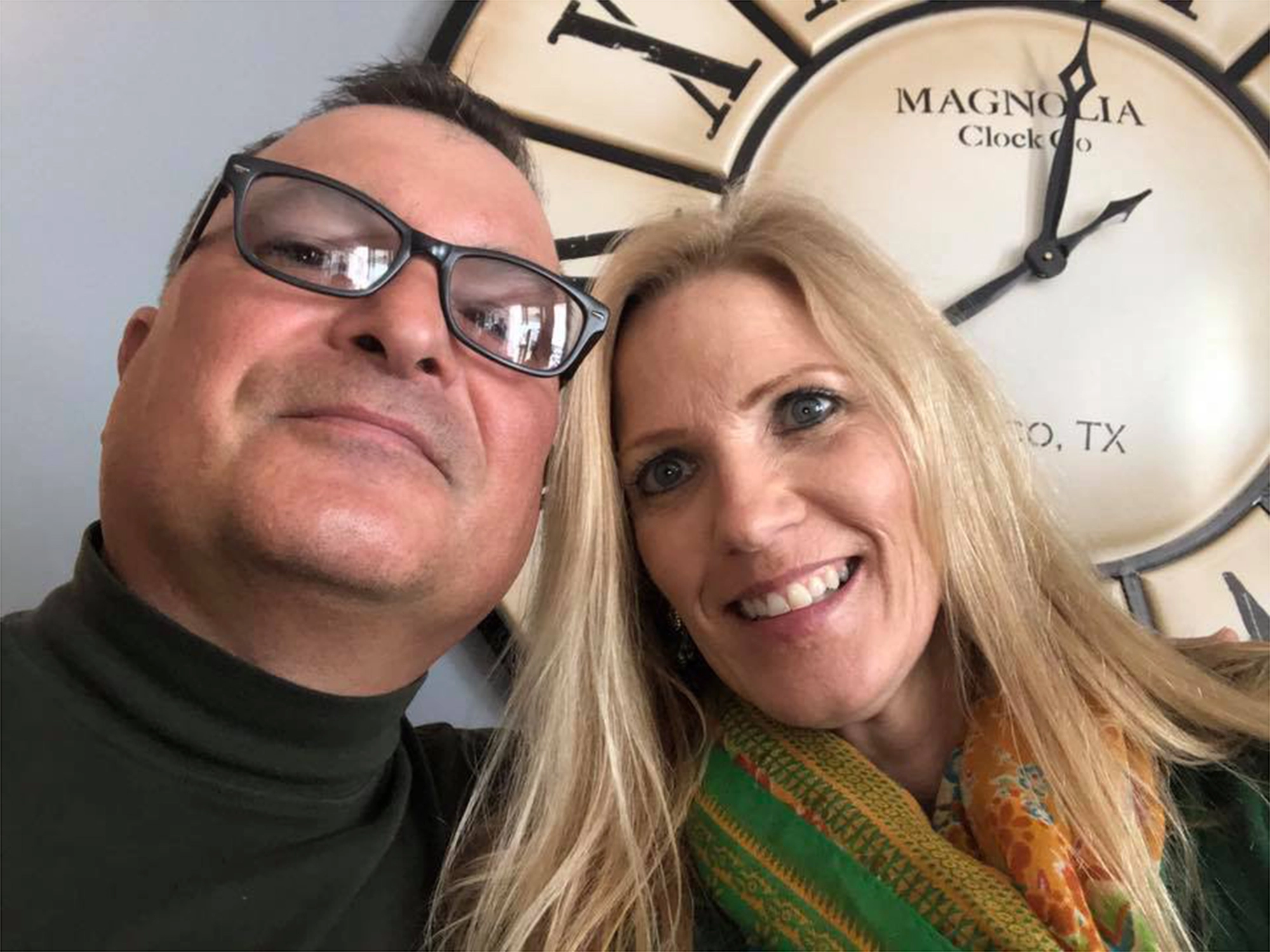It’s no news that the 13 British colonies make up the United States. In this article, we highlight random facts about the 13 colonies.

1. Maryland was founded as a Catholic haven.
The first Lord Baltimore, George Calvert, was a high-ranking Government official who had his gaze set on colonising North America. His first raid was in Newfoundland, where he got a royal charter for a Plantation that he named “the province of Avalon” in 1623. In 1625, he converted to catholicism and moved to Avalon. Here he fought against the French and some of his fellow colonists against George bringing in catholic priests to his colony.
Eventually, he became tired of the conflict, and in 1632, he got a charter for the Land north of the Potomac River. Soon after he got the permission, he died without stepping foot on his Land and his son, Cecil Calvert, took over the Land and named the new colony Maryland in honour of Queen Henrietta Maria, King Charles I’s wife.
Leonard Calvert, another of George Calvert’s sons, journeyed with two ships that arrived in Maryland in March 1634. It became a predominantly catholic city till 1649 when a law that guaranteed religious freedom for Christian believers was finally enacted.
2. Connecticut enacted the first constitution in America.
In the late 1630s, Connecticut settlers decided they needed a joint formal government and wrote a document with a preamble and 11 sections. They named this document the Fundamental Orders; however, it was also known as the colonies’ first constitution.
3. Pennsylvania was created to pay a debt.
William Penn, son of Sir William Penn, met Charles II with a proposition to pay off the debt the British monarchy owed his father for using his wealth to fund and feed the Royal Navy; the aristocrat asked the king for a grant of Land at the west of the Delaware River in America.
He had just converted to the Quaker sect and wanted to start a colony that prioritised a fair judicial system and religious tolerance. The king granted the charter in 1981 but named the Land, Pennsylvania, to honour Sir William Penn.
4. Massachusetts birthed the American iron industry.
John Winthrop started the Saugus Works in 1644. This place produced two types of iron; amongst other things, it was growing. The cast iron could be poured into moulds to make a product, and the pig iron were large lumps that could be remelted and used for manufacturing.
This was the start of the Iron industry that eventually birthed 175 different plants across the 13 colonies.
5. Although the king and the Virginia Company opposed it, Virginia’s most lucrative crop was tobacco.
John Rolfe, a colonial official who introduced tobacco to Virginia in the 1610s, faced a lot of opposition; however, it became very successful because of the efforts of indentured servants and enslaved people. By the start of the revolutionary war, Virginia was producing 55 million pounds of tobacco yearly.
6. The alternate name of New Jersey was New Caesarea.
After King Charles II gave a charter for the Land between the Connecticut and Delaware Rivers to James, his brother and Duke of York in 1664, James had to send a fleet to chase the Dutch from the Land and then leased a portion to Sir George Carteret, a British naval officer and Lord John Berkeley, Baron of Stratton. The latter helped defend the Land during the English civil wars.
James insisted on calling the colony New Jersey in honour of Carteret’s services to the Crown, with the alternative name being New Caesarea, after the Roman name for the island of Jersey.





